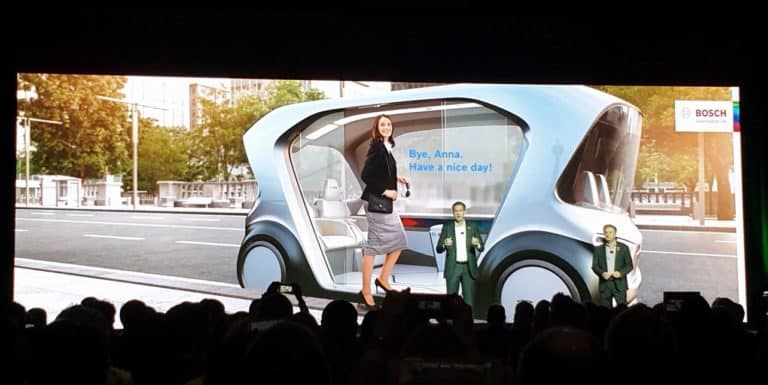Bosch has unveiled a new LIDAR sensor with a relatively long range, for use on self-propelled cars or other autonomous vehicles. The sensor is specifically designed to be used on highways, as well as in cities, over short and medium distances.
“By filling the sensor gap, Bosch is making automated driving a viable possibility in the first place,” said Bosch management board member Harald Kroeger in a statement. The lidar sensor will be included in the Bosch portfolio alongside the LRR4 radar, according to VentureBeat. The LRR4 is less accurate when it comes to recognising objects in curves. It is also vulnerable to errors in multiple vehicles standing (or moving) next to each other.
Cheaper
These types of radar sensors are cheaper than LIDAR, and moreover, radar works better in weather conditions such as rain, snow and fog. For this reason, Bosch is also adapting its camera range to be prepared for autonomous vehicles across its entire width. The new camera systems have been provided with artificial intelligence (AI) capability by Bosch engineers, enabling them to detect objects and classify them into specific categories. In addition, movements can be recognised even if one object is partially hidden behind another.
Pilot
In San Jose in the US, Bosch has already started a pilot with an autonomous taxi service in which 30 autonomous vehicles drive a route in a certain part of the city. The vehicles are checked by supervisors inside the vehicle. The project is a collaboration with the German automobile company Daimler. Bosch supplies the sensors, actuators and control units. Daimler provides the actual vehicles and test facilities.
